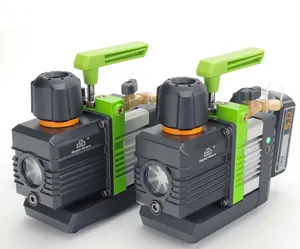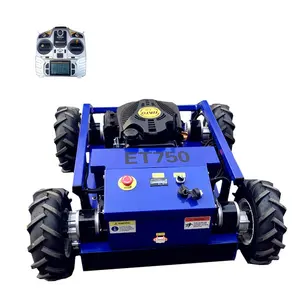Popular in your industry

























































































































































































Top categories
About bolt eye hook
Introduction
Bolt eye hooks, also known as eye bolts, are essential components in the world of rigging and lifting. Their versatility extends to a wide range of applications, including anchoring, pulling, pushing, and hoisting. However, their full potential is often undermined due to a lack of understanding or incorrect usage. This article aims to shed light on the intricacies of bolt eye hooks, discussing their types, material considerations, size and load capacity, installation guidelines, and safety precautions. We will also explore how selecting the appropriate bolt eye hook can significantly enhance safety and operational efficiency.
Understanding Bolt Eye Hooks
Bolt eye hooks are a widely used type of rigging hardware, serving as a lifting or securement point. They are available in various designs and configurations, suitable for different applications. Understanding the different types of eye bolts and their appropriate uses is crucial to prevent rigging failures that could lead to significant damage or injury.
Types of Bolt Eye Hooks
Eye bolts come in various designs and configurations. They can be shouldered or non-shouldered, with the former suitable for vertical and angular lifts, and the latter for vertical lifts only. Eye bolts can be forged or bent, with forged ones being stronger and suitable for heavier-duty lifting. Other types include nut eye bolts, machinery eye bolts, and screw eye bolts, each having distinct applications and installation methods.
Material Considerations
Bolt eye hooks are made from a variety of materials to suit different applications. Popular materials include Stainless Steel, known for its corrosion resistance and strength, and Zinc-plated hooks, which offer good corrosion resistance and are often used in outdoor applications. Other materials include Metallic, Black, Brass, Galvanized, White, Gray, Brass and Gold, Bronze, Brushed Nickel, Satin Nickel, and Silver. The choice of material depends on the environment, the load it will carry, and the level of exposure to elements such as water and air.
Size and Load Capacity
Understanding the size and load capacity of bolt eye hooks is crucial for safety and efficiency. The working load limits apply specifically to machinery eye bolts and those with shoulders. These limits are based on a straight vertical lift, gradually increasing. Angular lifts can significantly lower these limits and should be avoided. If an angular lift is necessary, a properly seated shoulder pattern machinery eye bolt must be used. The load should always be applied in the plane of the eye, not at an angle, and never more than a 45-degree pull.
Installation and Usage Guidelines
Installing bolt eye hooks involves a few key steps. Firstly, you need to get the threads to bite into the wood, which can be achieved by tapping the head with a hammer. For larger bolts, drilling a pilot hole makes the process easier and prevents the wood from splitting. Once the hook has bitten into the wood, use a screwdriver, nail, or any long, rigid object that fits through the eye for leverage to screw it in. Remember to premeasure first to determine how much to tighten the hook.
Safety Precautions
It's crucial to understand and follow the safety guidelines when using bolt eye hooks. The direction of pull should be in-line, and the adjusted work load should be 30% of the work load limit at 45 degrees and 25% at 90 degrees. Regular inspection and maintenance are essential for safe operation. Always ensure the minimum tap depth is the basic shank length plus one-half the nominal eye bolt diameter.
Efficiency Benefits of Choosing the Right Bolt Eye Hook
Selecting the right bolt eye hook can significantly enhance safety and efficiency. Modern lifting points, swivel links, and hoist rings offer advanced engineering and increased load capacities over standard eyebolts. They are designed to be easily fitted and removed, providing flexibility in usage. Although these new links are more expensive than traditional eyebolts, their advantages can easily outweigh their initial cost, especially when compared to the value of the machinery they are to lift. The right bolt eye hook can reduce the risk of accidents, increase load handling capabilities, and ultimately improve operational efficiency.
Conclusion
In conclusion, bolt eye hooks are an integral part of many industrial applications. Their versatility and functionality are undeniable, but their effectiveness is contingent on correct selection and usage. Understanding the different types, materials, and load capacities of eye bolts is crucial to prevent rigging failures and enhance safety. Proper installation and adherence to safety guidelines further ensure their optimal performance. While modern lifting points and swivel links may come with a higher price tag, their advanced engineering and increased load capacities can significantly improve operational efficiency, making them a worthwhile investment. The right bolt eye hook, when chosen and used correctly, can be a key to enhanced safety and efficiency.




















































